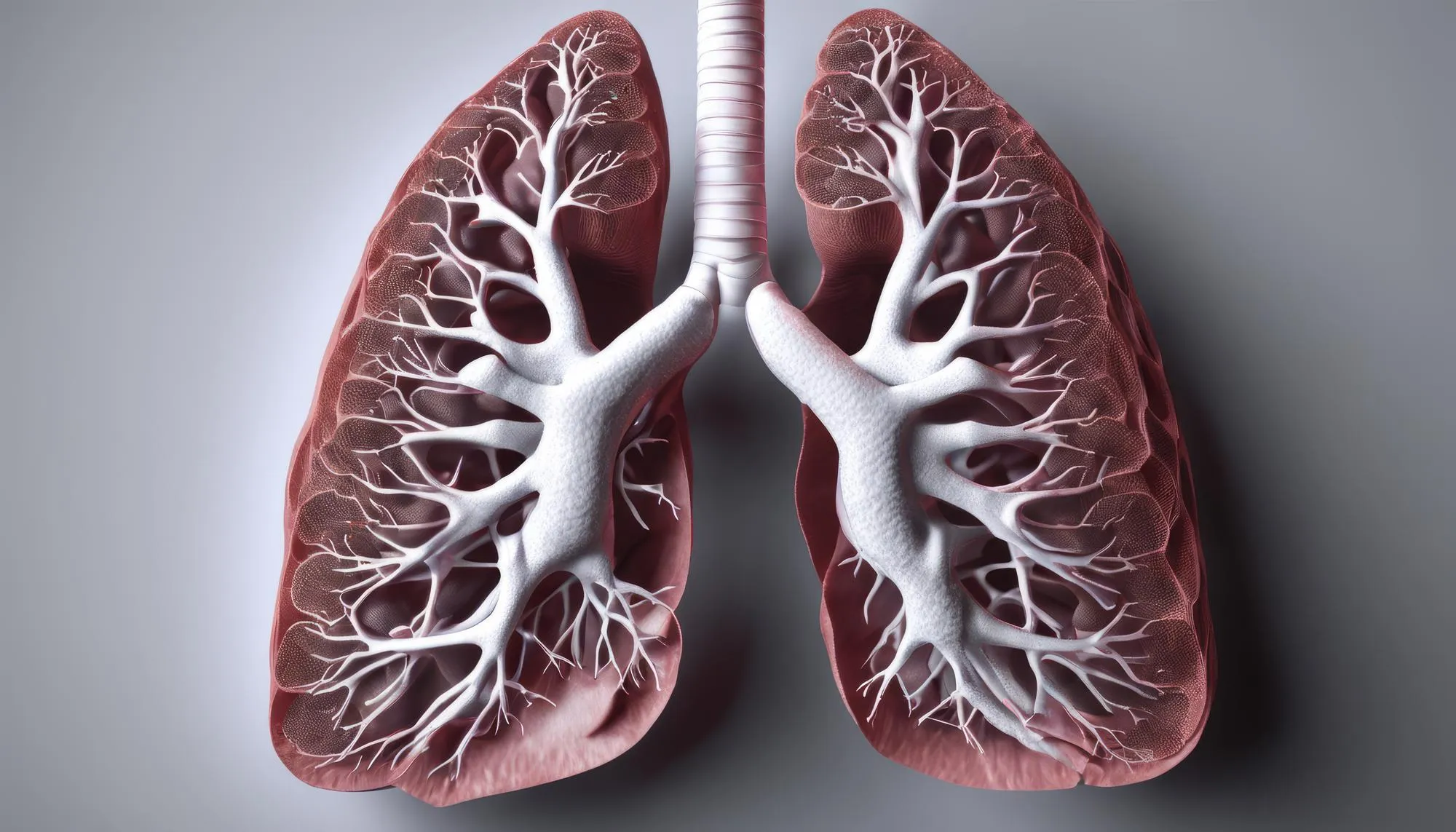A pioneering clinical study known as the Bronchiolitis and High-flow nasal cannula with Enteral Tube feeding Randomised (BHETR) trial is set to offer new insights into the optimal care of infants with bronchiolitis. The trial, which compares the efficacy of nasoduodenal tube (NDT) feeding versus nasogastric tube (NGT) feeding in infants receiving high-flow nasal cannula (HFNC) support, is conducted by a team from the University of Texas John P and Katherine G McGovern Medical School in Houston, Texas.
This innovative study addresses a long-standing concern in the treatment of bronchiolitis, a leading cause of hospitalization in young infants. “Bronchiolitis can be a terrifying experience for both the child and the parents. Our goal with the BHETR trial is to improve the standard of care and ensure that our most vulnerable patients have the best chance at a quick and uneventful recovery,” stated Dr. Raymond Parlar-Chun, a leading researcher in the trial.
The study looks at whether the type of enteral feeding tube impacts critical outcomes, such as the duration of respiratory support, the number of emesis occurrences, the frequency of chest X-rays, and the rates of readmission or emergency room revisits. Feeding tubes are necessary in these patients to provide nutrition and hydration when safe oral feedings are not possible.
Why Is This Study Necessary?
Bronchiolitis, often caused by the Respiratory Syncytial Virus (RSV), leads to severe respiratory distress in infants. While HFNC is a remarkably effective method of respiratory support providing a variable amount of positive pressure, similar to CPAP, it carries the risk of gastric distension and potential aspiration due to the loosening of the esophageal sphincter.
This risk has led many healthcare providers to explore alternative feeding approaches. As Parlar-Chun explains, “We currently use NDT in our institution, which bypasses the stomach and delivers nutrients directly to the small intestine, aiming to mitigate the risk of aspiration. However, we don’t yet have concrete evidence if this is indeed the superior method as opposed to NGT, which feeds into the stomach.”
The BHETR Trial Protocol
The trial participants include infants with bronchiolitis on HFNC whose primary physicians have opted for feeding tube management for nutritional support. Participation in the study is voluntary, with the informed consent of the infants’ parents or guardians being a prerequisite.
Infants enrolled in the trial are then randomized into two groups to receive either NGT or NDT feeding. These groups will be stratified based on low and high risk, and the results will be analyzed using both frequentist and Bayesian statistical approaches. The study was approved by the local institutional review board and is registered with ClinicalTrials.gov under the identifier NCT03346850.
“We’re using a rigorous scientific method and comprehensive data analysis to make sure our results will be robust and reliable,” commented Dr. Meaghan Lafferty-Prather, a co-researcher on the study.
Expected Impact and Study Dissemination
The conclusions drawn from the BHETR trial have the potential to change current clinical practices worldwide. If one method of feeding proves superior, it can lead to a new standard of care that improves outcomes for infants with bronchiolitis on HFNC.
“We’re committed to sharing our findings with the medical community as swiftly as possible,” affirmed Dr. Claudia Pedroza from the Centre for Clinical Research and Evidence-Based Medicine at McGovern Medical School. The team plans to disseminate the study results through scientific journals, conference presentations, and poster exhibitions, making full use of digital and traditional mediums.
Expert Commentary
The study is a response to ongoing discussions about the consequences of positive pressure ventilation on the risk of gastroesophageal reflux and aspiration. Existing literature states that the positive pressure from CPAP can increase the risk of aerophagia and reflux, which can exacerbate respiratory issues in infants (Shepherd et al., 2013).
“By considering the unique physiology of infants and the complications associated with bronchiolitis, the BHETR trial sets a new precedent in pediatric research,” said Dr. Anand Gourishankar, a pediatric expert at McGovern Medical School.
References & DOI
For those interested in the detailed study protocol, the findings are published in BMJ Open, and can be accessed through the following DOI: 10.1136/bmjopen-2018-025405.
The research is supported by grants from the NIH HHS and is conducted in adherence to the permissions and rights granted by the CC BY-NC agreement, as noted in the publication.
Keywords
1. Bronchiolitis Treatment Study
2. Infant High-Flow Nasal Cannula Support
3. Nasoduodenal vs. Nasogastric Tube Feeding
4. BHETR Trial for Infants
5. Respiratory Support in Bronchiolitis
Conclusion
The BHETR trial stands as an example of medical research that targets the complexities of illness in early childhood. As we await the results, it is clear that this research could have significant implications for the care of infants with bronchiolitis across the globe. The dedication of the researchers ensures that their work is likely to contribute to the betterment of pediatric healthcare, offering hope to many families during a stressful time in their lives.
